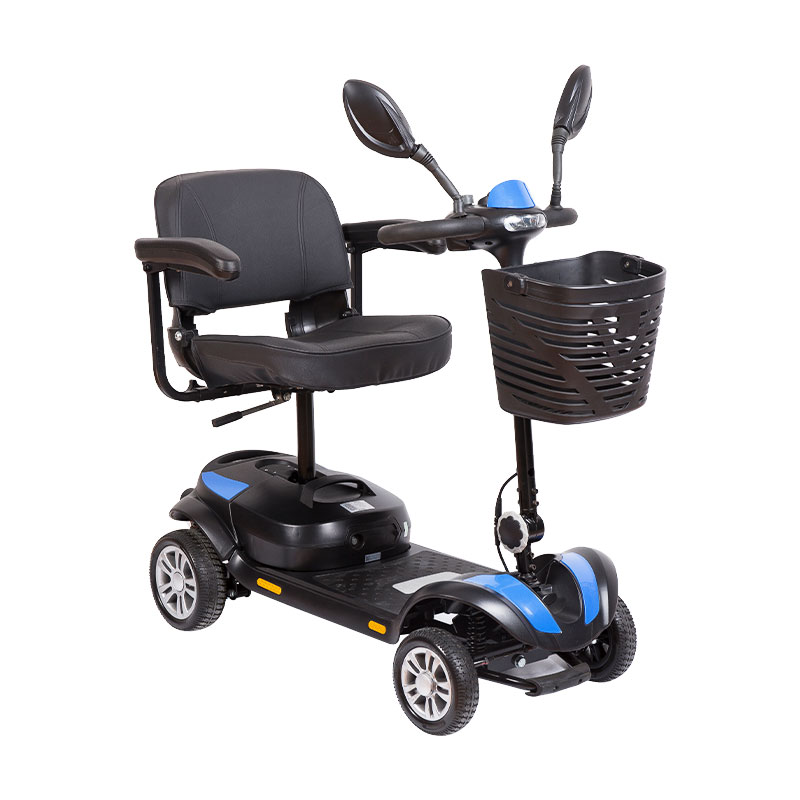How can the control system of a portable electric wheelchair be easily operated?
Portable electric wheelchairs provide great convenience for individuals with mobility issues, making the design of their control systems crucial to offering a simple and intuitive user experience. This article will explore the design principles of portable electric wheelchair control systems and methods to achieve easy operation.
Intuitive Interface Design: The control systems are typically equipped with one or more joysticks, designed to mimic the directional control of driving a car. This ensures that even first-time users can quickly understand the operational logic.
Simplified Button Layout: In addition to joysticks, wheelchairs feature essential buttons such as start/stop, emergency stop, and mode selection. These buttons are laid out in a simple and clear manner, making them easy to remember and access quickly.
Customizable Settings: Some advanced wheelchairs allow users to adjust the sensitivity and response speed of the joystick according to personal preferences. Users can even program specific operation modes to suit different environments.
Intelligent Assistive Technology: Modern portable electric wheelchairs may integrate intelligent assistive technologies, such as collision avoidance systems, which can automatically intervene in case of improper operation or obstacles, providing extra safety.
Voice Control Options: Some wheelchairs offer voice control functionality, enabling users to control basic operations via voice commands. This feature is particularly useful for users with limited upper limb mobility.
Easy-to-Understand Display: The wheelchair's display provides key information such as battery level, speed, and travel mode. The design of these displays is intuitive and easy to understand, ensuring that users can quickly access the information they need.

Emergency Braking System: To handle unexpected situations, the control system of portable electric wheelchairs includes an easily accessible emergency brake button, ensuring that users can quickly stop the wheelchair when necessary.
Easy Maintenance: The design of the control system considers ease of maintenance, ensuring that users or caregivers can easily troubleshoot and perform basic maintenance when common issues arise.
The control system design of portable electric wheelchairs fully considers user convenience by incorporating intuitive interfaces, simplified button layouts, intelligent assistive technologies, and more. As technology continues to advance, future wheelchair control systems will become even more user-friendly and intelligent, providing users with a more comfortable and safe experience.


 English
English Deutsch
Deutsch







-3.jpg?imageView2/2/format/jp2)
.jpg?imageView2/2/format/jp2)






